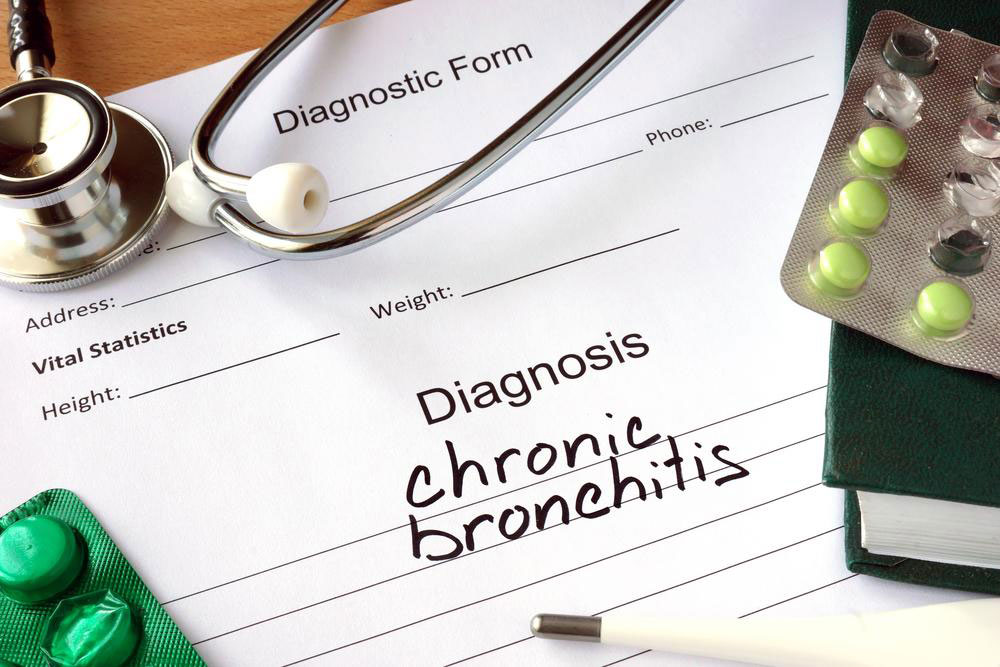Chronic Bronchitis: An overview
Bronchitis is a term used to define the condition of inflammation of the bronchial tubes. As a result of the inflammation, mucus is discharged in high quantities in the tubes. This causes the tubes to swell up and therefore close off.
The condition can be categorized as a chronic bronchitis cough. A cough appears on a day-to-day basis, forms sputum, which lasts for a very long time going into months.
Difference between acute bronchitis and chronic bronchitis
The major difference between acute and chronic bronchitis is that the former is not very serious in nature. Acute bronchitis occurs due to cold or other respiratory infection and improves gradually.

Symptoms Of Chronic bronchitis
The major symptom of chronic bronchitis is the chronic bronchitis cough. It includes very heavy, continuous and painful coughing. It brings mucus from the lungs.
Other symptoms include:
Fever
Uncomfortable feeling in the chest
bad breath
Congestion in sinus
Fatigue
Chills
Advanced stages symptoms:
Change of color of lips and skin due to lack of oxygen in the blood
Swelling in legs and ankles
Heart conditions
Increased intolerance for environmental irritants.
Infections in other part of the body
Causes of Chronic Bronchitis
The cause of chronic bronchitis is the irritation and inflammation caused continuously in bronchial tubes. The main reason in the development of chronic bronchitis is smoking. Both first hand and secondhand smoke aids in the enhancement of the condition.
Other causes include:
Air pollution
Toxic gases from industries and chemical fumes
Repeated lung infections
When to see the doctor?
The major factor which helps in deciding the time to visit the doctor is the bronchial cough. Many people who smoke confuse the bronchitis cough with smoker’s cough. Such confusion delays the treatment.
See a doctor when:
- Your cough lasts more than three weeks.
- You see a change in the color of your mucus or see blood in the mucus.
- You have a persistent high fever.
- The coughing disturbs your sleeping cycle.
- You feel tightness in your chest and shortness in breathing.
- If you keep an eye out for these symptoms and take precautions as and when necessary, you will soon be cured of this disease.

